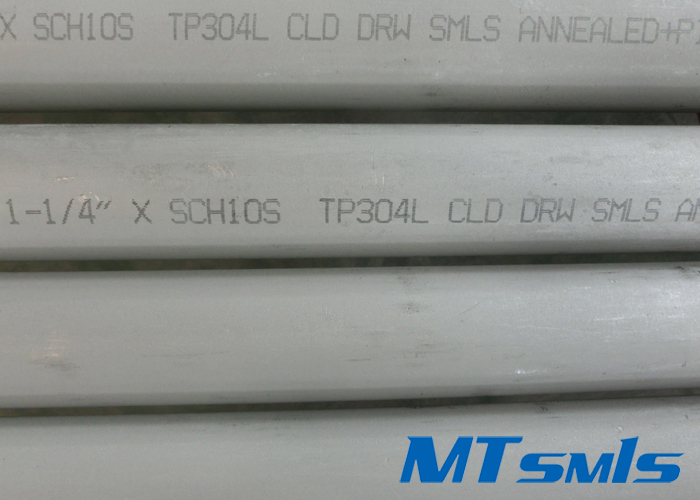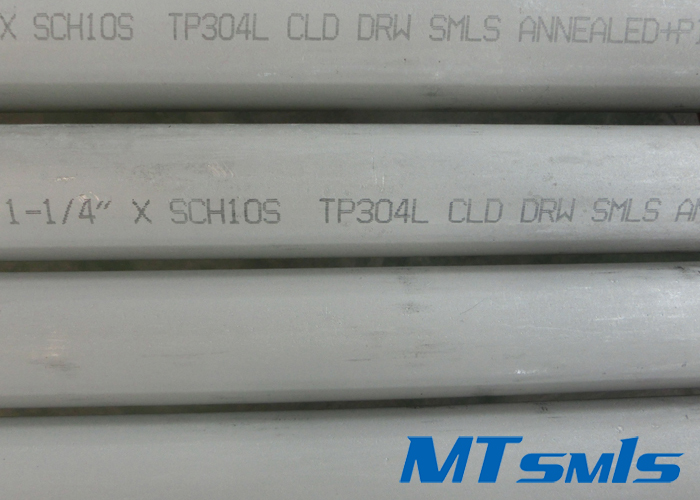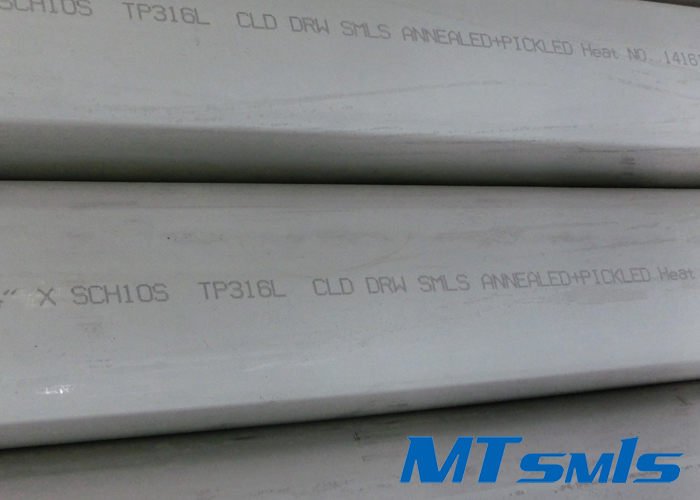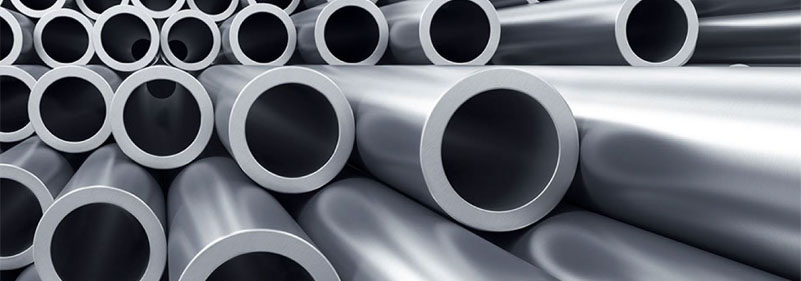Commonly used stainless steel grades and properties

1.304 stainless steel. It is one of the most widely used austenitic stainless steels with a large amount of applications. It is suitable for manufacturing deep drawing formed parts, acid transmission pipes, vessels, structural parts, various instrument bodies, etc. as well as non-magnetic and low-temperature equipment and components.
2.304L stainless steel. The ultra-low carbon austenitic stainless steel developed to solve the serious intergranular corrosion tendency of 304 stainless steel caused by Cr23C6 precipitation under some conditions, its sensitized intergranular corrosion resistance is significantly better than 304 stainless steel. Except for lower strength, other properties are the same as 321 stainless steel. It is mainly used for corrosion resistant equipment and parts that need welding but cannot be solution treated, and can be used to manufacture various instrument bodies.

3.304H stainless steel. For the internal branch of 304 stainless steel, the carbon mass fraction is 0.04% - 0.10%, and the high temperature performance is superior to 304 stainless steel.
4.316 stainless steel. The addition of molybdenum on the basis of 10Cr18Ni12 steel makes the steel have good resistance to reducing medium and pitting corrosion. In seawater and other media, the corrosion resistance is superior to 304 stainless steel, mainly used for pitting corrosion resistant materials.
5.316L stainless steel. Ultra low carbon steel, with good resistance to sensitized intergranular corrosion, is suitable for manufacturing thick section size welding parts and equipment, such as anti-corrosion materials in petrochemical equipment.

6.316H stainless steel. For the internal branch of 316 stainless steel, the carbon mass fraction is 0.04% - 0.10%, and the high temperature performance is superior to that of 316 stainless steel.
7.317 stainless steel. The resistance to pitting corrosion and creep is superior to 316L stainless steel. It is used to manufacture petrochemical and organic acid resistant equipment.
8.321 stainless steel. Titanium stabilized austenitic stainless steel can be replaced by ultra-low carbon austenitic stainless steel because of its improved intergranular corrosion resistance and good high temperature mechanical properties. Except for special occasions such as high temperature or hydrogen corrosion resistance, it is generally not recommended to use.
9. 347 stainless steel. Niobium stabilized austenitic stainless steel. The addition of niobium improves the intergranular corrosion resistance. Its corrosion resistance in acid, alkali, salt and other corrosive media is the same as 321 stainless steel. With good welding performance, it can be used as both corrosion resistant material and heat resistant steel. It is mainly used in thermal power and petrochemical fields, such as making vessels, pipes, heat exchangers, shafts, furnace tubes in industrial furnaces, and furnace tube thermometers.

 English
English 中 文
中 文 Español
Español Português
Português Deutsch
Deutsch Türk
Türk Pусский
Pусский عربي
عربي 한국인
한국인 日本語
日本語
